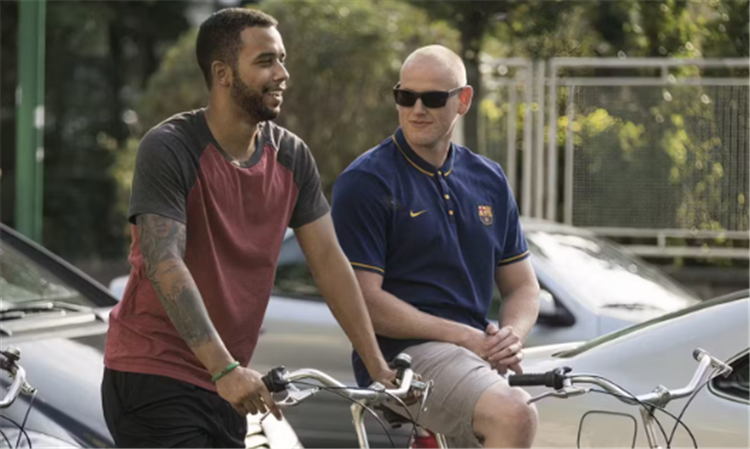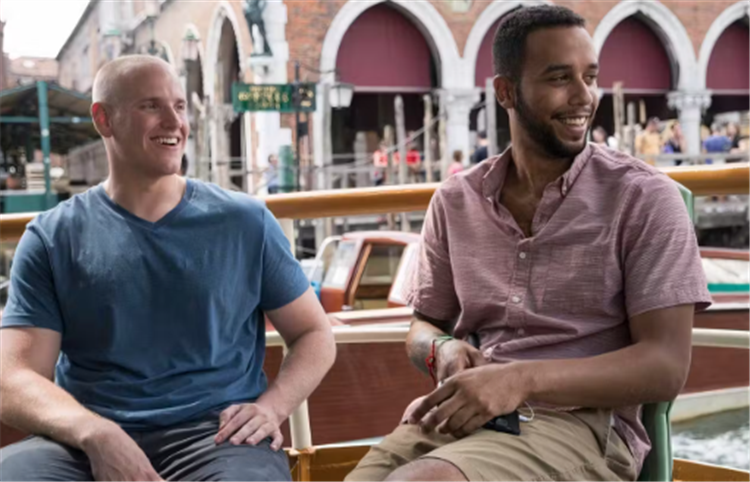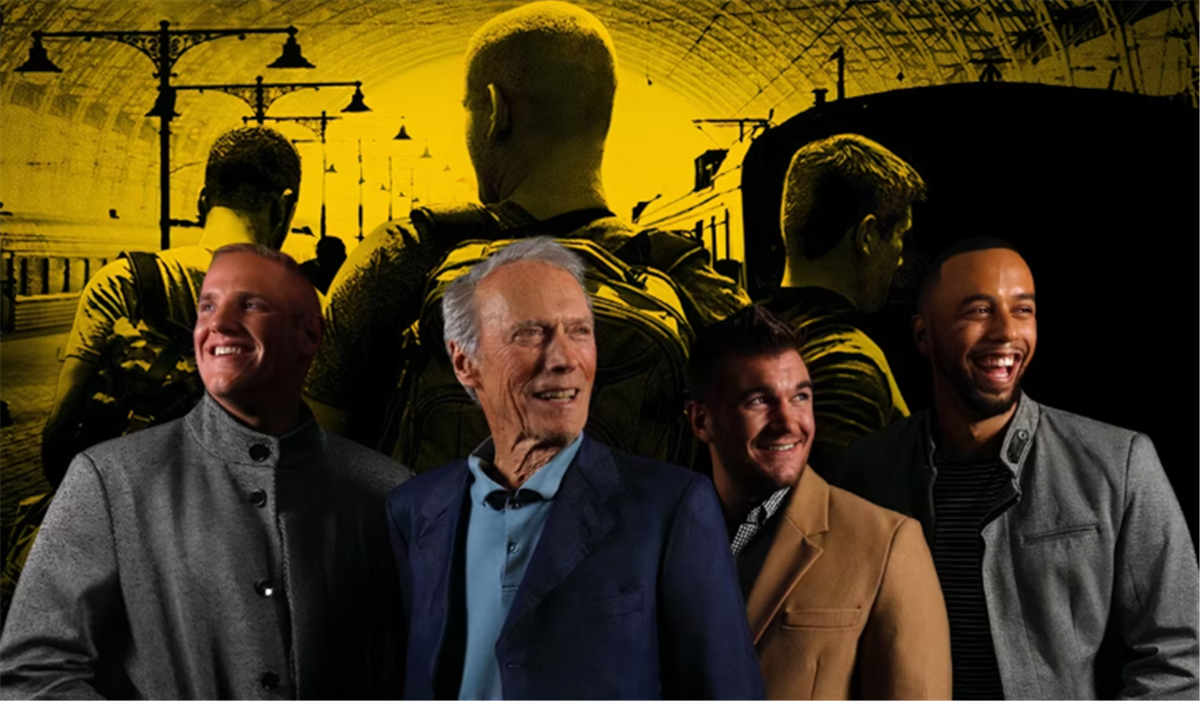There’s no doubt that films based on true stories have a magnetic feature that often makes them appealing to the public. They don’t necessarily have to be realistic. They just have to include the famous tagline or portray a widely known event, and people will invade the movie theaters in search of the perfect adaptation that will offer them a glimpse into an event in the most engaging way possible.
But exactly how real can you get? There’s no doubt cinema and TV have been open to the idea of putting realism above everything. Good screenwriting is essential as it may affect the portrayal of an event as people remember it. It needs to look authentic while restricting the visuals to be respectful. Of course, it also concerns the director’s ability to convey this sense of realism and how far he’s willing to go to expand the space between fact and fiction. A film needs to sell above all, and as usual, some sacrifices must be made.
In 2018, Hollywood legend Clint Eastwood got an opportunity. One that should have been better used, with a final execution that should have been much better. The 15:17 to Paris was marketed as a film that would be unique. It would star the real people who went through a horrific situation and were brave enough to save themselves and many others. In addition, they were brave enough to star in a film about themselves and what they went through without extensive acting training. Unfortunately, things didn’t quite work out, as audiences felt Eastwood’s film was a mess. This is how a concept that sounded great turned out to be a Hollywood faux pas.
The Realistic Approach to The 15:17 to Paris

The 15:17 to Paris follows the lives of Spencer Stone, Alek Skarlatos, and Anthony Sadler, three kids who form a strong bond. They’re not exactly well-behaved, but they’re the underdogs their mothers defend until the end. Their upbringing seems to be affected by the fact that they are cared for by their single mothers.
Anthony and Alex share a fascination with guns, making them the perfect candidates for enlisting in different factions of the US military. Spencer joins the Air Force, and Alex goes to the National Guard. As they keep in touch, they decide to convince Anthony to take a trip with them to Europe, and this is how they ended up in Amsterdam on August 21, 2015. As they ride the train that’ll take them to Paris, Mark Moogalian notices something is off. Eventually, Spencer, once he sees a terrorist holding an assault rifle, springs into action. His courage makes him stand up and face the terrorist, whose rifle jams. After the three of them subdue the terrorist, they become heroes to the French and also to the town they grew up in.
Why Was The 15:17 to Paris Panned by Critics?

The film’s marketing campaign was based on the fact that Eastwood had cast the real heroes to play themselves in the dramatic feature. This creative decision would go on to shroud the film under a veil of absolute realism because “who better than those who lived through the ordeal?” The problem was that the excitement was visible only when the trailers were shown and nowhere else. Eastwood’s movie became a dull film with a lightweight script and monochromatic characters that didn’t do the job of connecting with the audiences or critics.
The 15:17 to Paris commits the mistake of trying to romanticize the upbringing of characters whose achievements have almost nothing to do with their past. Spencer, Alek, and Anthony are heroes, but the film doesn’t connect their past with their random act of courage. Eastwood does his best to make the film’s first act interesting, but instead, we’re witnessing an uninspired introduction to an experiment. One thing about The 15:17 to Paris that’s very notorious is that none of the performers seemed excited about being there. The performances are bland, but then again, they’re following a lackluster script.
And yes, the other issue has to do with the performers themselves. From a marketing standpoint, casting the heroes in the film was an intriguing idea. It was a potential selling point that put The 15:17 to Paris above other adaptations. The problem is that Eastwood may have overestimated the acting talent of the three men. With less than two months to shoot, the real heroes had no time to train or polish whatever acting skills they had. They had to depend on their memory, a director’s guidance, and a script that didn’t help. The performances in The 15:17 to Paris are, unfortunately, one of the worst things about the film.
The film, which has a 23% rating on Rotten Tomatoes, was instantly bashed by critics. Eastwood’s direction wasn’t entirely bad, but it wasn’t enough to save the film from being a snoozefest for most of the runtime. While some spoke highly of the film’s signature action sequence, the project was doomed to be forgotten quickly. The gimmick of casting real heroes didn’t pay off.
Clint Eastwood Likely Learned His Lesson
Clearly, there’s a reason why films telling a true story tend to feature actors who can embody the person they are based on rather than the real-life person themselves. If a production does decide to feature non-actors playing themselves, they typically aren’t the three leads of the film who occupy the vast majority of the runtime. Of course, there are a few other exceptions, including Jackie Robinson playing himself in The Jackie Robinson Story and Muhammad Ali in The Greatest, but a production decision should never be noticeably gimmicky.
